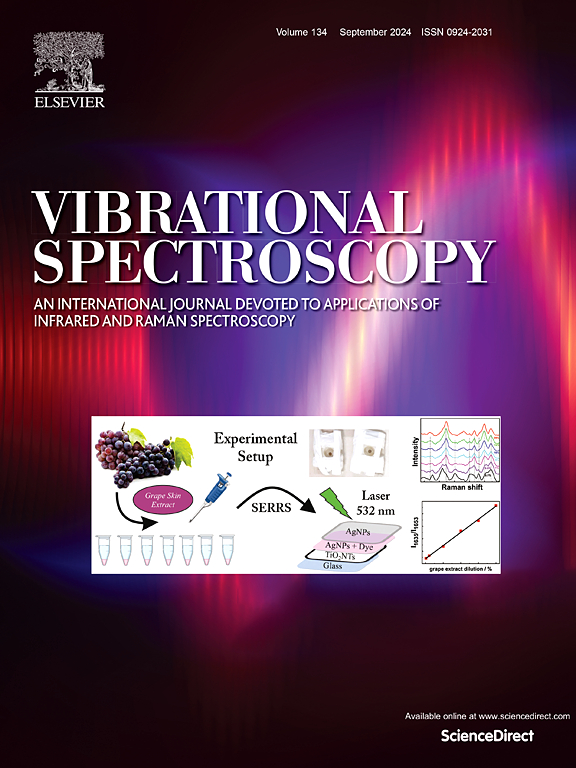A review of machine learning in hyperspectral imaging for food safety
IF 3.1
3区 化学
Q2 CHEMISTRY, ANALYTICAL
引用次数: 0
Abstract
Manual detection methods such as human visual inspection are not quantitative and could lead to inconsistencies in food safety assessments. Conversely, traditional laboratory techniques offer quantitative assessments, but they involve expensive equipment, are time-consuming, and are destructive to the samples. To address these limitations, advances in non-destructive monitoring techniques with the implementation of machine learning (ML) algorithms can be alternative solutions. For instance, hyperspectral imaging technology, which combines spatial and spectral data to acquire a data-rich hypercube, can be integrated with ML models to assess food safety without damaging the samples. Different from the existing review studies on ML models, this review domain focuses more on staple foods and how these ML algorithms can quantify the chemical constituents in staple food sources. This study aims to differentiate the various ML models employed in food safety and discusses the challenges and future directions for effectively quantifying samples like adulterants in foods to ensure food safety. In addition, a bibliometric analysis of ML algorithms was also conducted to understand the research trends in hyperspectral imaging and ML. Besides, this review study also addresses different image-sensing technologies and contributes to research pursuing ML and deep learning for food safety purposes in agriculture.
机器学习在食品安全高光谱成像中的研究进展
人工检测方法,如人类目视检查,不是定量的,可能导致食品安全评估不一致。相反,传统的实验室技术提供定量评估,但它们涉及昂贵的设备,耗时,并且对样品具有破坏性。为了解决这些限制,非破坏性监测技术的进步与机器学习(ML)算法的实现可以成为替代解决方案。例如,结合空间和光谱数据获得数据丰富的超立方体的高光谱成像技术可以与ML模型相结合,在不损坏样品的情况下评估食品安全。与现有关于ML模型的综述研究不同,本综述领域更多地关注主食以及这些ML算法如何量化主食来源中的化学成分。本研究旨在区分食品安全中使用的各种ML模型,并讨论有效量化食品中掺假等样品以确保食品安全的挑战和未来方向。此外,本文还对机器学习算法进行了文献计量分析,以了解高光谱成像和机器学习的研究趋势。此外,本综述还讨论了不同的图像传感技术,并为农业食品安全领域的机器学习和深度学习研究做出了贡献。
本文章由计算机程序翻译,如有差异,请以英文原文为准。
求助全文
约1分钟内获得全文
求助全文
来源期刊

Vibrational Spectroscopy
化学-分析化学
CiteScore
4.70
自引率
4.00%
发文量
103
审稿时长
52 days
期刊介绍:
Vibrational Spectroscopy provides a vehicle for the publication of original research that focuses on vibrational spectroscopy. This covers infrared, near-infrared and Raman spectroscopies and publishes papers dealing with developments in applications, theory, techniques and instrumentation.
The topics covered by the journal include:
Sampling techniques,
Vibrational spectroscopy coupled with separation techniques,
Instrumentation (Fourier transform, conventional and laser based),
Data manipulation,
Spectra-structure correlation and group frequencies.
The application areas covered include:
Analytical chemistry,
Bio-organic and bio-inorganic chemistry,
Organic chemistry,
Inorganic chemistry,
Catalysis,
Environmental science,
Industrial chemistry,
Materials science,
Physical chemistry,
Polymer science,
Process control,
Specialized problem solving.
 求助内容:
求助内容: 应助结果提醒方式:
应助结果提醒方式:


